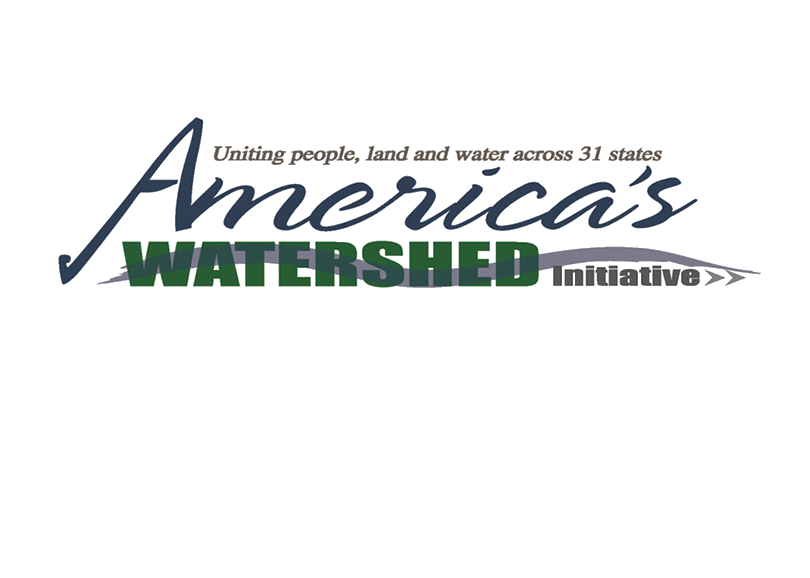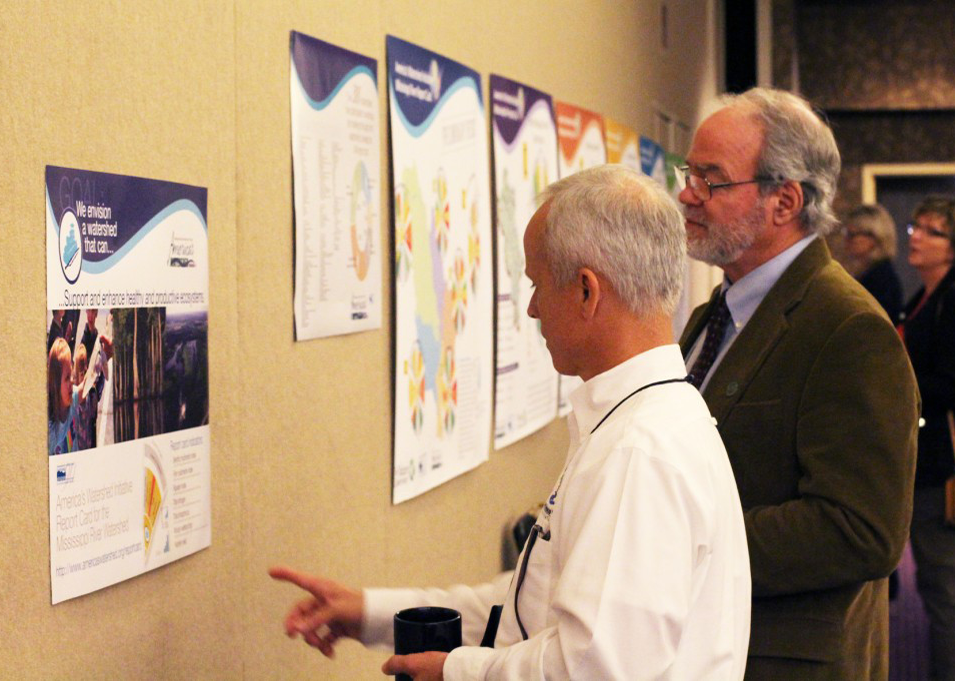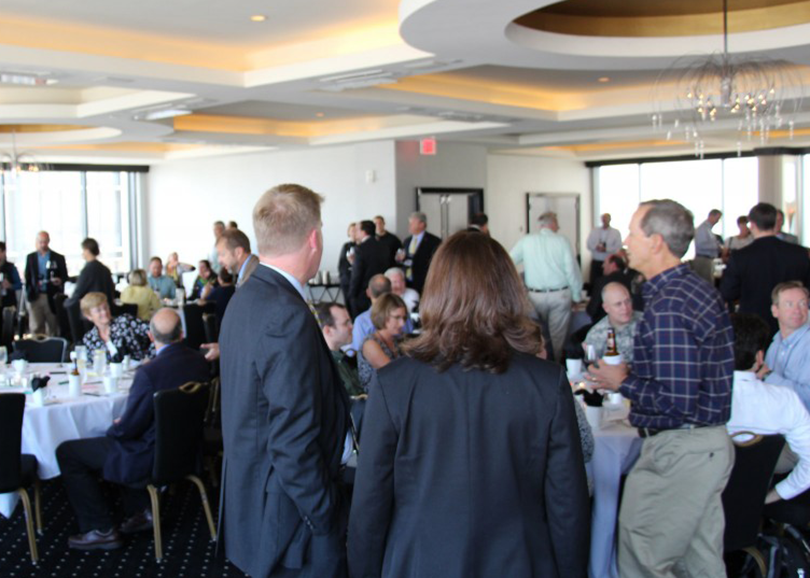Aligning Stakeholders on America's Watershed Initiative

Overview
Stretching 3,000 miles and weaving through 31 states, the Mississippi River is a lifeblood of commerce, community, recreation, and transportation, and its health and sustainability are profoundly vital to millions. In 2014, key leaders from a variety of sectors came together to share perspectives and discuss the care and management of this crucial resource, and Conversant led the way.
Big River, Big Challenges
With stakeholders having passionate and sometimes opposing views, we needed to design conversations and programs that were innovative, engaging, and sensitive to varying perspectives.

Strategy
We developed a 2½ day event focused on action. We brought leaders and influencers together and created meaningful conversations designed to lead to impactful outcomes. The event was organized to build on its own momentum, and the learnings in early sessions helped inform and evolve the narrative later on. We created a movie and other inspirational materials to rally participants around a shared purpose. We presented within groups as well as organized Ted Talks to drive excitement.
Results
We created an environment of curiosity where people were free to share, discover, and work together. By interacting with others outside their respective spheres of influence, participants had conversations that would otherwise not have been possible. Disparate points of view united to create a shared understanding, and real, tangible next steps were developed and executed. Storytelling was finessed to be more impactful and inspirational, and the event was published in major newspapers across the country. We created a metric to quantify the collaboration that took place, and we taught participants how to sustain and measure the effectiveness of ongoing strategic plans.

What We Learned
Every engagement with a client is different, and we learn from every single one:
- Working with participants who often had opposing views meant looking for the intersections in the conversation and building off of that common ground.
- The energy was always positive, but often chaotic, so we learned to be flexible with the agenda, transforming in the moment depending on the situation.
- We honed our facilitation skills, letting the humans do their thing and stepping in only when necessary to keep the conversation flowing, rich, and easy.
- We learned the importance of sharing our design with participants to let them in on the method to the madness. As a result, our leadership was well-received and appreciated.
- In this group, it was most effective to dive in and work with them to co-design a meeting they could take ownership of.
